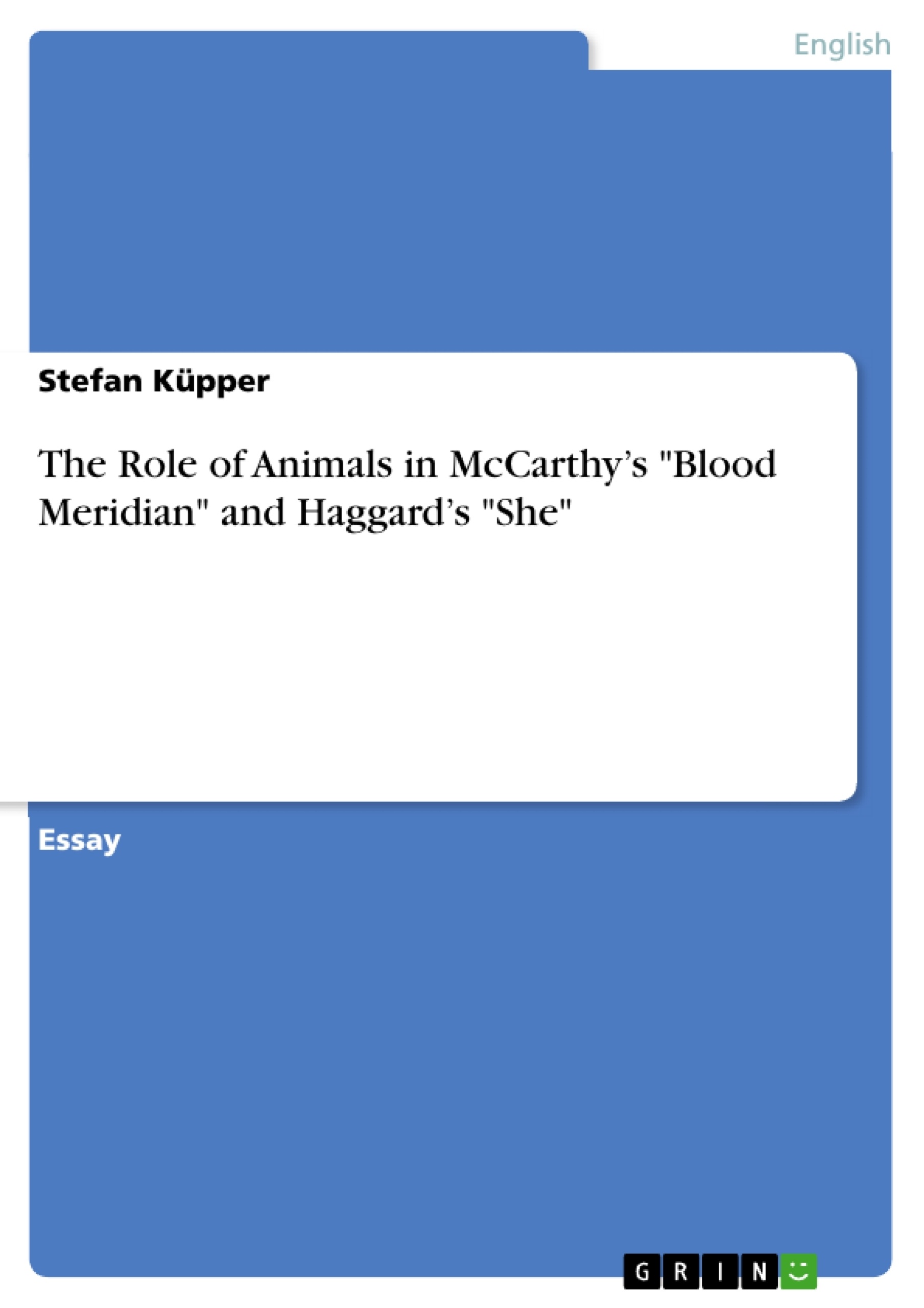British colonial adventurers commonly paid respect to the unfamiliar fauna within the vast territories of the British colonies. The more countries they explored, the more different kinds of unknown animals they encountered. Nevertheless, the role which animals played in the colonies and their relation to human beings was far more complex. There were not only the feral predators which were regarded as a threat to cattle and people. Principally, pack animals like horses or mules were more than important to make the survival of humans in these hostile environments possible. Although white men were dependent on animals, they mostly did not appreciate their amenities. A striking example was the almost extinction of the bison in the American Mid-West territories during the 19th century – especially the history of the natives is closely connected to this phenomenon. In contrast to the white men, native tribes practically valued all sorts of animals in every part of the world because they cultivated symbiotic relations (the common approach to life was living close to nature). The interrelation between landscape, animals and humans was supposed to be a complex challenge for all of them.
The Role of Animals in McCarthy’s Blood Meridian and Haggard’s She
“I could catch the glare of their ferocious eyes. Attracted either by the smell of the newly killed waterbuck meat or of ourselves, the hungry beasts were actually storming our position.” This quotation, made by H. R. Haggard in his adventure story SHE (89), expresses adequately the common respect which colonial adventurers paid to the unfamiliar fauna within the vast territories of the British colonies. The more countries they explored, the more different kinds of unknown animals they encountered. Nevertheless, the role which animals played in the colonies and their relation to human beings was far more complex. There were not only the feral predators which were regarded as a threat to cattle and people. Principally, pack animals like horses or mules were more than important to make the survival of humans in these hostile environments possible. Although white men were dependent on animals, they mostly did not appreciate their amenities. A striking example was the almost extinction of the bison in the American Mid-West territories during the 19th century – especially the history of the natives is closely connected to this phenomenon. In contrast to the white men, native tribes practically valued all sorts of animals in every part of the world because they cultivated symbiotic relations (the common approach to life was living close to nature). The interrelation between landscape, animals and humans was supposed to be a complex challenge for all of them.
In McCarthy’s Blood Meridian horses and pack animals play a crucial role, because they are the only conveyances which allow people to travel to different places within the wide territories and wastelands. They are absolutely vital – not only for the Glanton Gang who is permanently busy with scalp-hunting and escaping from governmental troops at the same time – but for everyone who seeks mobility and do not want to stay at the same place for a longer sojourn. Furthermore, cattle drives from one fertile plain to another would not have been possible without mounted ranchers. In several sections of the text (the defeat of the filibusters led by Captain White, the annihilation of the Glanton Gang at the ferry crossing) the kid or other survivors of the gang lose their horses. During the following escape, which is rather an unbearable ordeal through the hostile desert, the remainders of the gang are burdened with every imaginable discomfort. A few of them can survive due to some more or less lucky circumstances – normally all of them would have died in the wilderness. Travelling without horses just takes too much time while one man after the other dies of thirst, exhaustion or the attack of wild animals. The most significant text passage which proves the crucial importance of horses can be found towards the end of the story. Tobin and the kid are chased by the mounted judge and the imbecile. The judge knows exactly how important horses are and tries to set a snare for the kid. Due to the advice of Tobin the kid shots both of the horses and thus neutralises the advantage of the judge. On the one hand, it seems paradoxical to dismiss the only option to get out of the desert and accept the most likely death. But on the other, Tobin and the kid would have been shot in an ambush or simply hunted down by the judge.
[...]
- Quote paper
- Stefan Küpper (Author), 2007, The Role of Animals in McCarthy’s "Blood Meridian" and Haggard’s "She", Munich, GRIN Verlag, https://www.grin.com/document/145336




